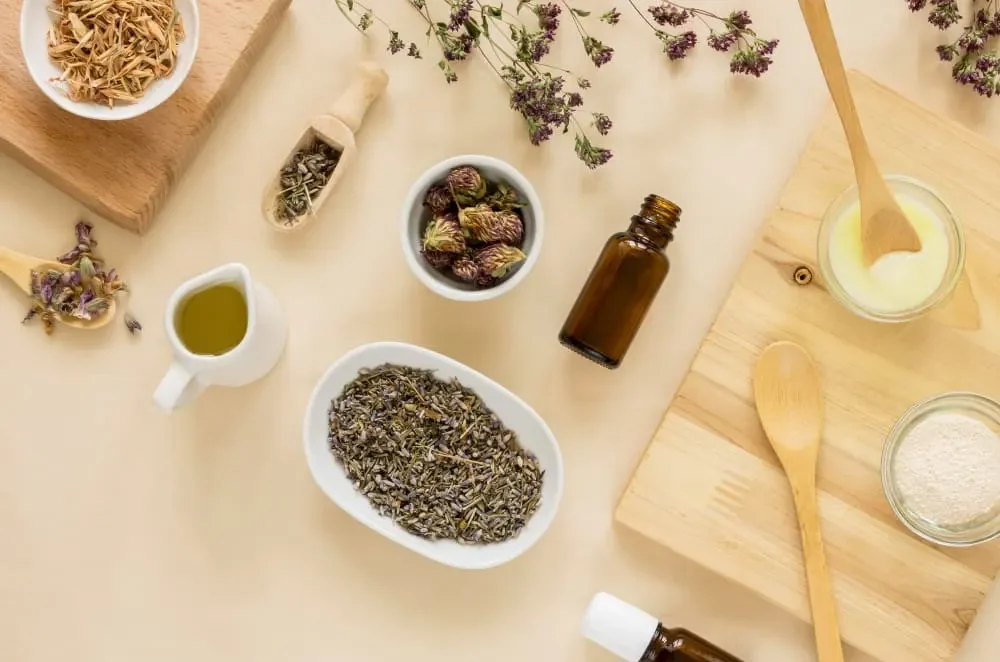Tea
Green Tea: The Ancient Elixir for Modern Wellness
In a world full of sugary drinks and processed health supplements, one simple beverage has stood the test of time—green tea. Revered for centuries in Asian cultures and now popular globally, green tea is more than just a calming beverage. It’s a natural powerhouse of antioxidants, nutrients, and health benefits.
From aiding weight loss and improving brain function to lowering the risk of chronic diseases, green tea has earned its reputation as a “super drink.” In this blog, we’ll explore the origins, health benefits, how to prepare it correctly, and why green tea deserves a permanent place in your daily routine.
What is Green Tea?
Green tea is made from the leaves of the Camellia sinensis plant, the same plant used for black, white, and oolong tea. What makes green tea unique is the minimal oxidation it undergoes during processing. The leaves are typically steamed or pan-fired shortly after harvesting, which helps retain their natural green color and preserve beneficial compounds like catechins and polyphenols.
A Brief History
Green tea originated in China over 4,000 years ago and quickly became a staple in Japanese, Korean, and Southeast Asian cultures. The ancient Chinese and Japanese not only drank green tea for its flavor but also used it as traditional medicine to treat everything from headaches to digestive issues.
Today, green tea is enjoyed around the globe for its health-promoting properties and refreshing taste.
Key Nutrients in Green Tea
Green tea is packed with bioactive compounds that contribute to its health benefits:
- Catechins (especially EGCG – epigallocatechin gallate): Potent antioxidants that fight free radicals and inflammation.
- L-theanine: An amino acid that promotes relaxation without drowsiness.
- Caffeine: A mild stimulant that enhances alertness and brain function.
- Flavonoids: Support cardiovascular health and immune function.
- Vitamins and Minerals: Including vitamins B2, E, and small amounts of potassium and magnesium.
Health Benefits of Green Tea
1. Boosts Metabolism and Aids Weight Loss
Green tea is often included in weight loss supplements for a reason. The combination of caffeine and catechins boosts metabolism, enhances fat oxidation, and helps the body burn calories more efficiently. Studies suggest drinking 2–3 cups per day may support modest weight loss when paired with a healthy lifestyle.
2. Improves Brain Function
Thanks to the duo of caffeine and L-theanine, green tea enhances brain function by improving memory, reaction time, and mood. Unlike coffee, which can cause jitters, green tea offers a calm alertness—ideal for studying or focused work.
3. Rich in Antioxidants
Free radicals cause cell damage and contribute to aging and chronic diseases. The high levels of antioxidants in green tea, especially EGCG, protect cells from oxidative stress and support long-term health.
4. Supports Heart Health
Green tea can help lower LDL cholesterol (bad cholesterol), reduce blood pressure, and improve blood flow. Regular consumption is associated with a reduced risk of heart disease and stroke.
5. May Lower Cancer Risk
While more research is needed, studies have linked green tea consumption with a lower risk of certain cancers, including breast, prostate, and colorectal cancers. This is largely due to its polyphenols, which inhibit the growth of cancer cells.
6. Enhances Skin Health
Green tea’s anti-inflammatory and antimicrobial properties make it beneficial for acne-prone or sensitive skin. It can also help protect the skin from UV damage and premature aging. Many skincare products now include green tea extract for this reason.
7. Regulates Blood Sugar
Some studies show that green tea can enhance insulin sensitivity and lower blood sugar levels, making it helpful for people with type 2 diabetes or at risk of developing it.
8. Promotes Digestive Health
Green tea has mild antibacterial properties that support gut health, improve digestion, and reduce bloating.
How to Brew the Perfect Cup
Brewing green tea is a delicate process—overdoing it can lead to bitterness, while under-brewing may not release its full potential. Here’s how to get it right:
Ingredients:
- 1 teaspoon of loose-leaf green tea (or 1 tea bag)
- 250 ml (1 cup) of water (not boiling)
Instructions:
- Heat water to about 75–85°C (167–185°F). Boiling water can destroy the antioxidants and make the tea taste bitter.
- Steep the tea for 2–3 minutes. Steeping too long can result in astringency.
- Strain or remove the bag and enjoy. Optionally, you can add lemon, honey, or mint for flavor.
Tip: You can reuse high-quality green tea leaves 2–3 times.
Types of Green Tea
There are many varieties of green tea, each with unique flavors and benefits:
- Sencha (Japan) – Light, grassy flavor; most common in Japan.
- Matcha (Japan) – Finely ground powder made from shade-grown leaves; very high in antioxidants.
- Dragon Well / Longjing (China) – Pan-fired with a nutty, toasty flavor.
- Gunpowder (China) – Rolled into pellets; strong and slightly smoky.
- Hojicha (Japan) – Roasted green tea with a mild, caramel-like flavor.
Each type offers a different experience—try exploring a few to find your favorite.
When and How Much to Drink
Drinking 2–4 cups a day is generally safe and beneficial for most people. However, here are a few considerations:
- Morning or afternoon is best to avoid sleep disruption due to caffeine.
- Avoid drinking green tea on an empty stomach, as it may cause nausea in some individuals.
- If you’re sensitive to caffeine, opt for decaffeinated green tea or limit intake to early in the day.
Precautions and Who Should Avoid It
While green tea is safe for most people, a few precautions apply:
- Pregnant or breastfeeding women should limit caffeine intake.
- It can interact with some medications, like blood thinners or beta-blockers.
- People with iron deficiency should avoid drinking green tea with meals, as it can inhibit iron absorption.
- Excessive consumption (more than 6–8 cups/day) may lead to liver issues in rare cases due to high EGCG levels.
Always consult a healthcare professional if you’re unsure.
Green Tea in Daily Life
Incorporating green tea into your daily routine is easy:
- Replace sugary sodas with iced green tea.
- Add matcha powder to smoothies or baked goods.
- Use green tea-infused skincare for a natural glow.
- Enjoy a warm cup of tea as a midday ritual to relax and refocus.
Final Thoughts
Green tea is more than just a trendy beverage—it’s a timeless tradition rooted in wellness. With its array of scientifically backed benefits, gentle energy boost, and rich history, green tea remains a smart choice for anyone looking to improve their health naturally.
Whether you enjoy it hot, cold, or as matcha, adding green tea to your routine can help support your body, mind, and spirit. Cheers to your health—one sip at a time!

